| Vintage Pulp | Nov 11 2021 |

Got a secretive husband? Poke around and see what you find. What's the worst that can happen?
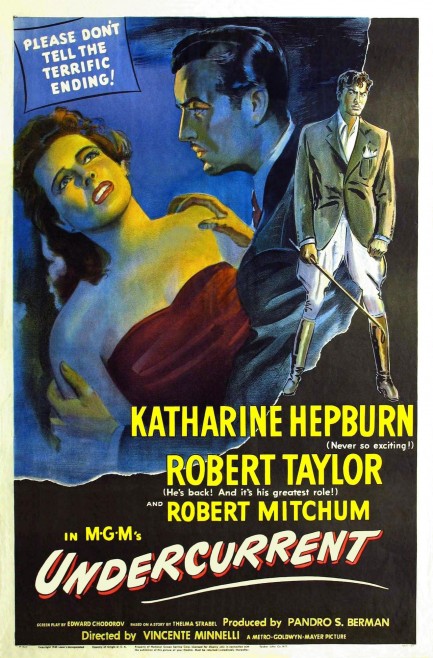
Two days ago we discussed Katherine Hepburn's cinematic output and noted that Undercurrent was one of the few movies that qualified as pulp-style. We watched it last night and it falls into the always fun husbands-with-dark-secrets sub-genre. Hepburn marries into a rich San Francisco family and quickly finds that her hubby Robert Taylor is prone to sudden rages whenever he's reminded about aspects of his past. You know the drill: “Who was playing that song! Who's here? Was it you? Where did you learn that song!” Taylor is particularly sensitive with regard to his estranged possibly dead brother, and so are Taylor's employees, his domestic staff, and even his friends. Seems everyone is in on the secret except Hepburn. In typical suspense movie fashion, she decides to solve that problem by digging deeper.
Undercurrent is categorized on many websites as a film noir, because that's where people's minds go if there are any night scenes or shadows in a black and white flick, but you may be disappointed if you have such expectations. It's categorized as suspense drama by the American Film Institute, which we consider correct. You could even categorize it as a romantic suspense drama, one with shades of Alfred Hitchcock's 1940 film Rebecca. But on the other hand, since film noir is more a mood than a genre, there's always room for debate concerning whether a film should or shouldn't be included. For us, Undercurrent shouldn't. Two sequences bear some visual elements of film noir, and there's a brief nightmare interlude, but without the overarching cynicism and desolate central characters, we don't think it's a good fit.
Hepburn, who was probably never cynical or desolate in her entire career, occupies nearly every frame of Undercurrent and gives an emotional, almost melodramatic performance as a wife whose loyalty and belief in her husband are tested. To succeed fully in her role, she'd have needed better chemistry with Taylor, and the script and plot would have needed to be scintillating. None of those things happen, which means Hepburn isn't given the tools required to anchor the film. Even so, she gives it a hell of a go, and her efforts make it watchable. For her fans this one is a no-brainer—queue it up. For more general film buffs, you can probably take a pass. Undercurrent premiered today in 1946.
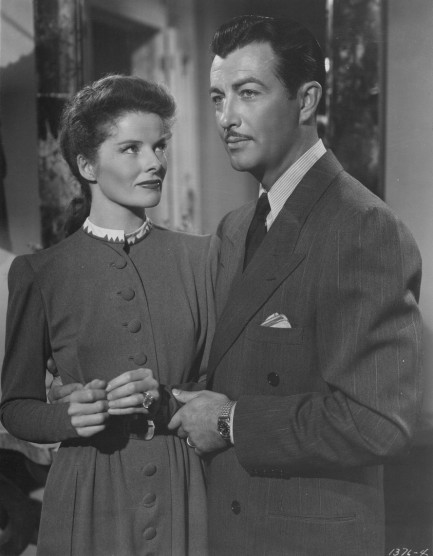
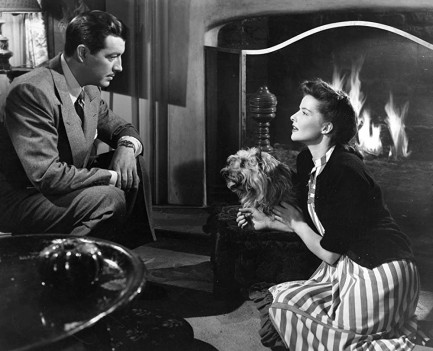
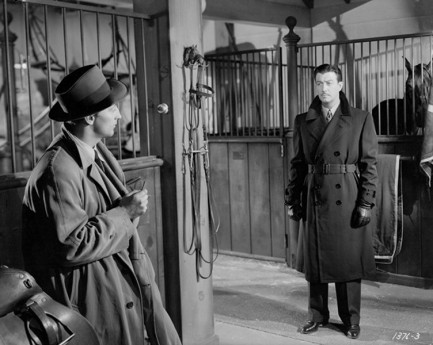
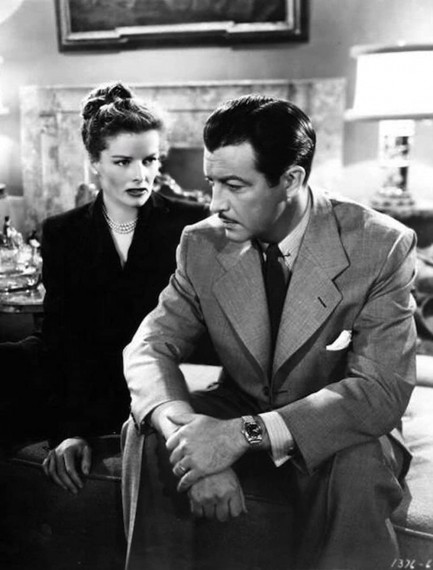
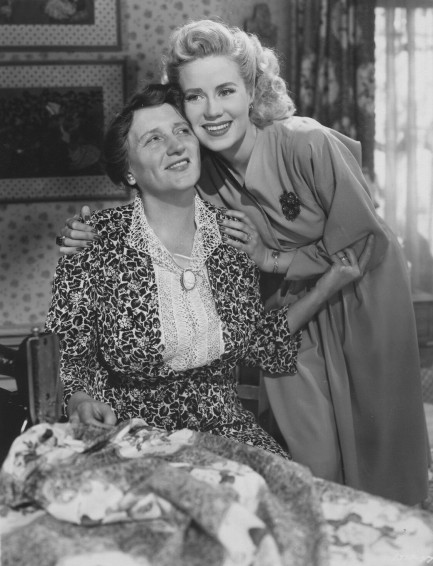
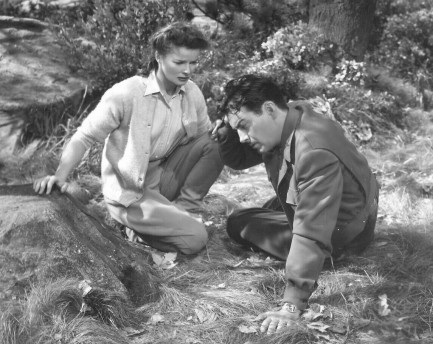
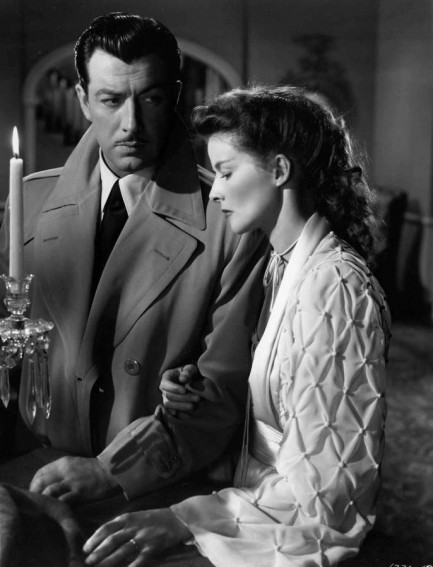
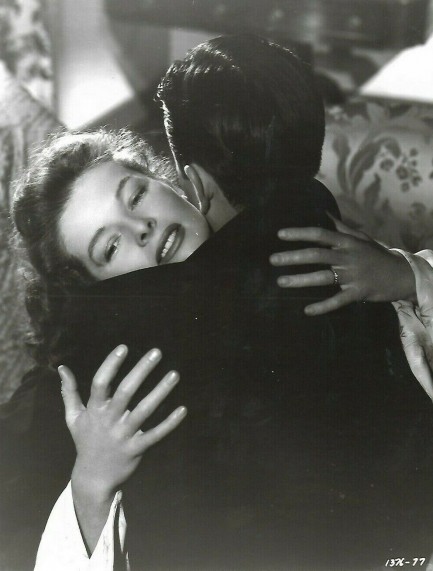
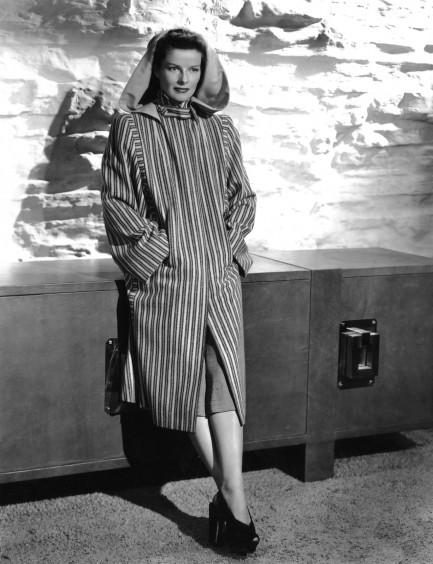
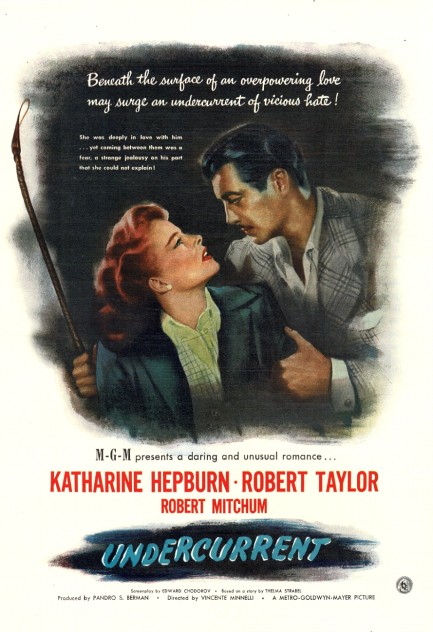










| Femmes Fatales | Nov 9 2021 |

Hepburn brings a special kind of style to Hollywood.
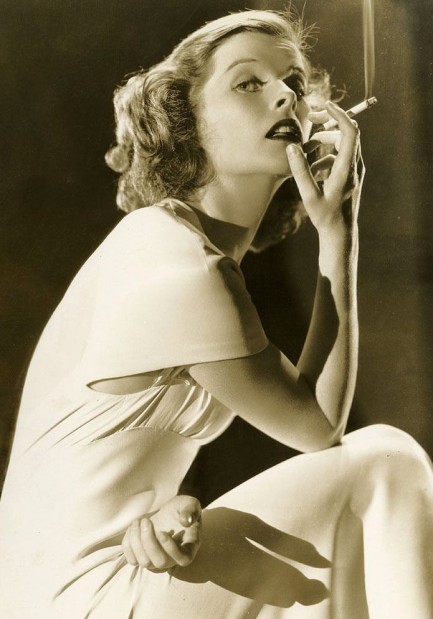
We don't smoke, but Katherine Hepburn sure makes smoking look good in this RKO promo photo shot by Ernest Bachrach in 1935. Though she had a long and storied career, this early shot is pretty much her iconic image. Prints of it are even sold on Wal-Mart's website. Hepburn is incomparable. Her must-watch films include Bringing Up Baby, Adam's Rib, The Philadelphia Story, The African Queen, Long Day's Journey into Night, The Lion in Winter, the groundbreaking Guess Who's Coming to Dinner (which inspired an excellent reggae song by Black Uhuru), and On Golden Pond.
You can sum up Hepburn's output by saying she was nominated for a Best Actress Oscar twelve times and won a quartet, the most ever. The Oscar has failed to stay as relevant as it could have over recent decades, and the Academy has made some embarrassing Best Picture choices (Forrest Gump over Pulp Fiction—really?), but it's always been a reliable measure of acting quality, so Hepburn's four wins are meaningful. The one thing she didn't do was make a lot of pulp style movies. One that looks as if it qualifies is the 1946 drama Undercurrent. We'll circle back to that and the divine Miss H. in a bit.




































































